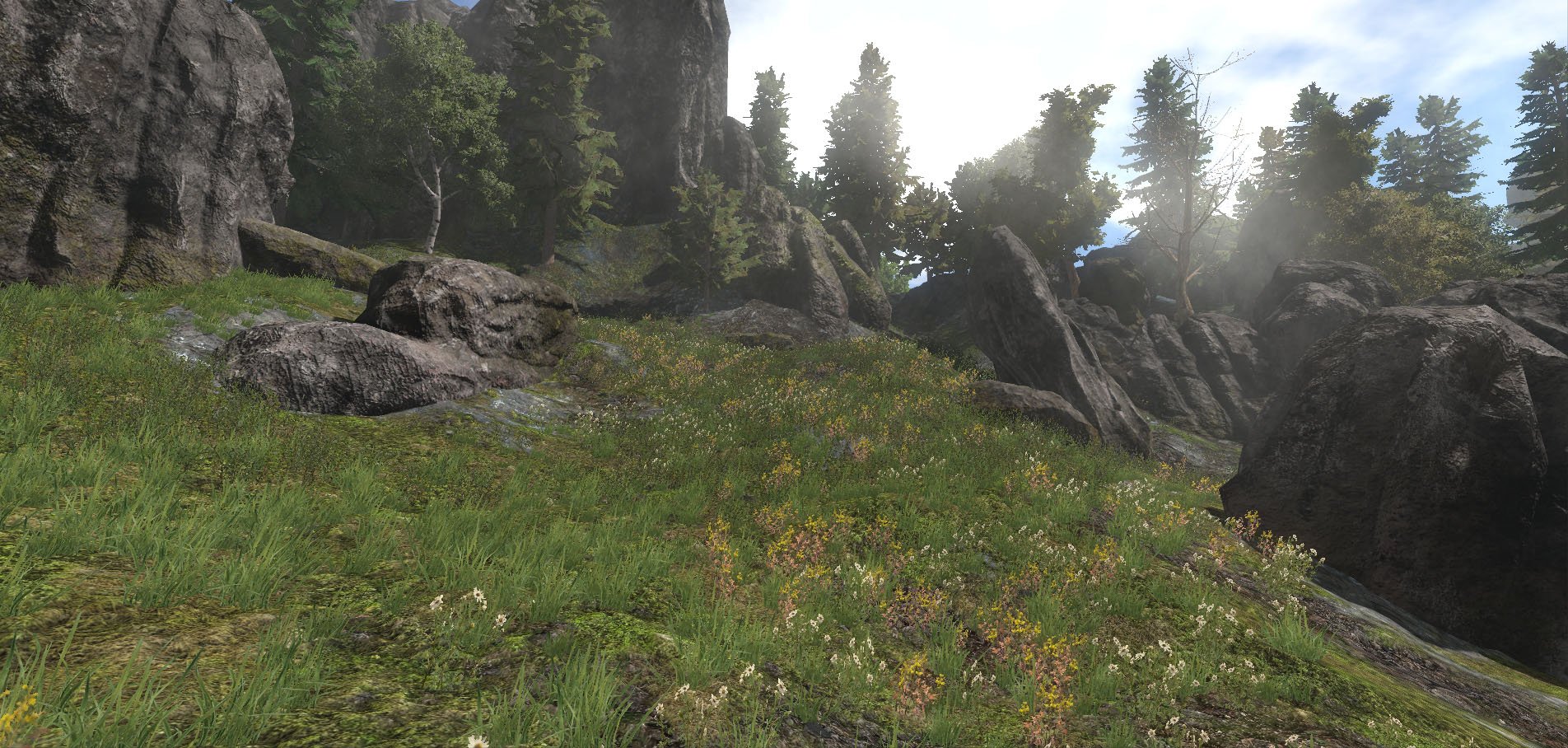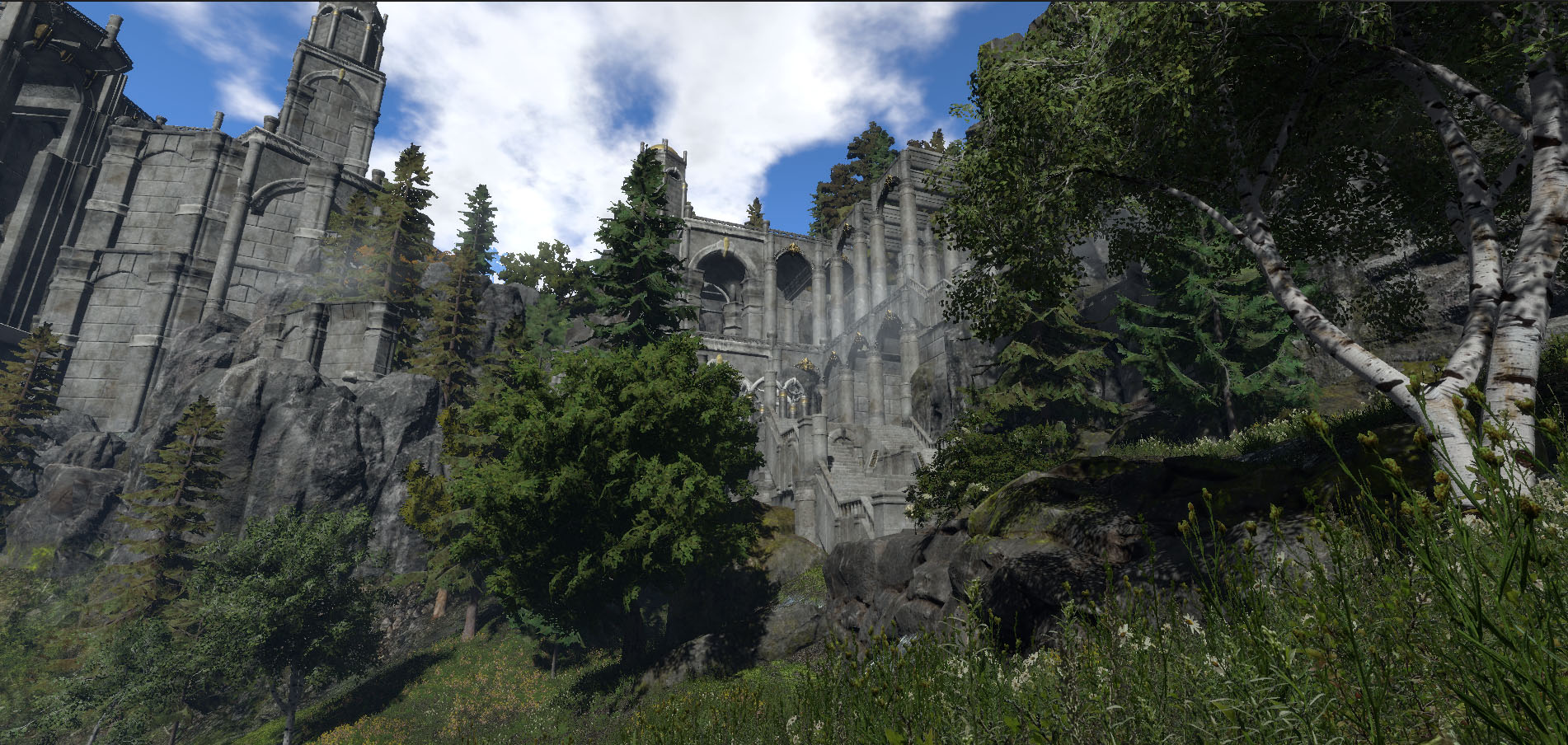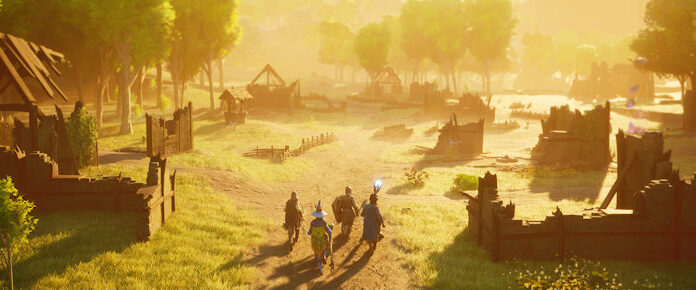
Brad McQuaid‘s Pantheon: Rise of the Fallen is an MMO that’s suffered more than its fair share of drama and setbacks, but even detractors will agree that its creators appear utterly determined to see it made. In fact, this past fall, Visionary Realms acquired fresh investors, produced a new website, hired new employees, and demoed a playable build.
CEO Chris Rowan, CCO Brad McQuaid, and Creative Director Chris Perkins recently answered my questions about the game’s stormy history, past and future funding, playerbase size, and release date.
Massively OP: Visionary Realms has obviously come a long way since 2014, when former employees made accusations about money mismanagement and work on the game slowed down. A lot of our readers have some serious trust issues with Pantheon given that and given the problems that preceded with Vanguard. What makes the current incarnation of Visionary Realms different? Why should they trust in Pantheon and its leadership?
Visionary Realms: Pantheon started in late 2013 as an idea and seat of the pants game development effort. In early 2014 a small team of game designers and programmers was trying to simultaneously juggle game development, a Kickstarter campaign, and running a company.
In contrast, the current incarnation of Visionary Realms has a dedicated, highly experienced business team that supports a talented creative team that is a balanced mix of industry veterans and fresh, ambitious young talent. The creative team builds the game, while the business team runs the company in a highly disciplined manner, enabling the creative team to focus on development.
Thanks to the seed funding, growth of the team, more discipline, planning and process management, and the incredible passion and commitment of everyone involved, development has been steadily accelerating since Q1 2015.
News that Pantheon was bolstered by a round of seed funding was accompanied by a new employee tally: 14. Those are employees, correct? Not volunteers? And why not name the investor?
Yes, our team is now compensated, and has been since receiving seed funding several months ago. The investor is a private person who wishes to remain anonymous.
Every time we cover new screenshots from the game, our readers erupt and claim that anyone can snap pictures in Unity 5 with a default texture pack. Could you explain once and for all how the team is using that engine and how the tech has evolved from stock to now?
It is a common misconception that Unity includes stock assets and/or textures that we are using in Pantheon’s development – Unity does not do the automatic “heavy lifting” that some think it does. Rather, it works as a focal point for third party tools and/or assets, which allows talented artists to create and sell assets through Unity’s Marketplace which developers can purchase and use for prototyping or in the final product. You can see this in many projects currently in development as it’s common practice. For the purpose of prototyping, purchasing assets from the Unity store made sense for us in the beginning of development. It allowed us to research and develop a structured, cohesive art pipeline and direction, while concurrently prototyping holistic aspects of gameplay and level design.
However, our goal has always been to create original, lore-inspired art. Therefore, at this point in development, we are using robust, state-of-the-art software for production of Pantheon-specific art, such as Maya, Zbrush, and Allegorithmic’s Substance Designer and Painter. The images [accompanying this interview] are some recent examples of the original artwork going into the game from our lead world builder, John Diasparra, who is using much of the same technology for our environments as was used in games like Witcher 3, Dragon Age: Inquisition, Destiny, Far Cry 4, and many more.
Overall, we use a modular design approach to create customizable construction sets for building highly varied points of interest with racial or faction-based architectural identity. Creating art and building points of interest is just the beginning of the production cycle – various layers of systematic optimization must take place in order to maintain performance in our large, open world setting.
Games like Camelot Unchained have rather famously maintained that they expect and can survive on a very small, niche playerbase — much smaller than the number of players WoW lost last quarter! Is Pantheon similarly prepared for a niche playerbase? How will it sustain itself against the current field of mega-MMOs and mini-indies?
Does the team have any plans for another Kickstarter or round of crowdfunding? Are Patreon contributions continuing? What about crowdfunding and early access pre-orders directly through the site the way some other studios have done it?
We’re considering the pros and cons of all options for funding the game. We don’t have any funding-related announcements at this time, but we can say that we haven’t ruled anything out. Thanks to our wonderfully supportive community, pledge contributions continue at a healthy pace.
Additional rounds of funding will allow us to more rapidly grow our development team. That said, however unlikely, the team we have currently assembled can finish this game. In a worst case scenario, it would take us longer to complete Pantheon without the funding we’re looking to attain, but we will indeed ship this game, come hell or high water.
In April 2014, McQuaid said the game could launch in as little as three years, given the proper funding. Is that still doable?
Yes, with proper funding, we plan on releasing Pantheon in 2017.
Thank you very much for your candor and your time.


















